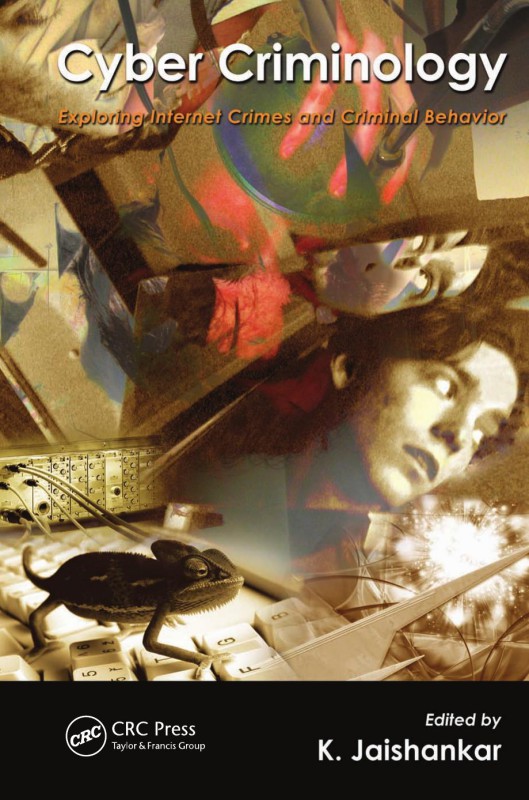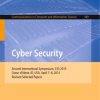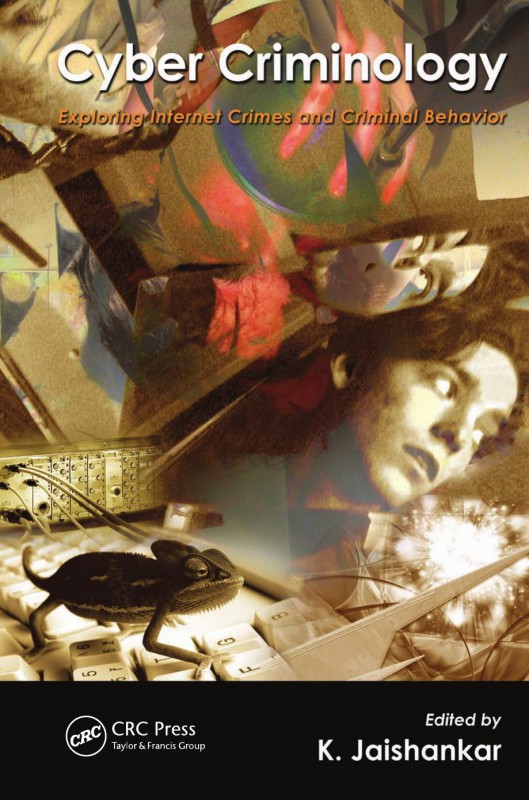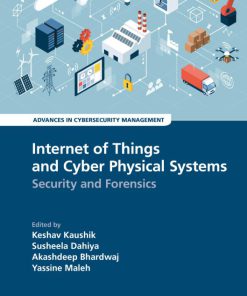Cyber Criminology Exploring Internet Crimes and Criminal Behavior 1st edition by Jaishankar 9781040080856 1040080855
Original price was: $50.00.$25.00Current price is: $25.00.
Authors:K. Jaishankar , Series:Cyber Security [259] , Tags:Law; Criminal Law; General; Forensic Science; Computers; Security; Social Science; Criminology; CRC Press , Author sort:Jaishankar, K. , Ids:Google; 9781439829493 , Languages:Languages:eng , Published:Published:Feb 2011 , Publisher:Taylor & Francis , Comments:Comments:Victimization through the Internet is becoming more prevalent as cyber criminals have developed more effective ways to remain anonymous. And as more personal information than ever is stored on networked computers, even the occasional or non-user is at risk. A collection of contributions from worldwide experts and emerging researchers, Cyber Criminology: Exploring Internet Crimes and Criminal Behavior explores today’s interface of computer science, Internet science, and criminology. Topics discussed include: The growing menace of cyber crime in Nigeria Internet gambling and digital piracy Sexual addiction on the Internet, child pornography, and online exploitation of children Terrorist use of the Internet Cyber stalking and cyber bullying The victimization of women on social networking websites Malware victimization and hacking The Islamic world in cyberspace and the propagation of Islamic ideology via the Internet Human rights concerns that the digital age has created Approaching the topic from a social science perspective, the book explores methods for determining the causes of computer crime victimization by examining an individual’s lifestyle patterns. It also publishes the findings of a study conducted on college students about online victimization. Advances in information and communications technologies have created a range of new crime problems that did not exist two decades ago. Opportunities for various criminal activities to pervade the Internet have led to the growth and development of cyber criminology as a distinct discipline within the criminology framework. This volume explores all aspects of this nascent field and provides a window on the future of Internet crimes and theories behind their origins. K. Jaishankar was the General Chair of the First International Conference of the South Asian Society of Criminology and Victimology (SASCV), held January 15-17, 2011 at the Hotel Jaipur Greens in Jaipur, Rajasthan, India.













